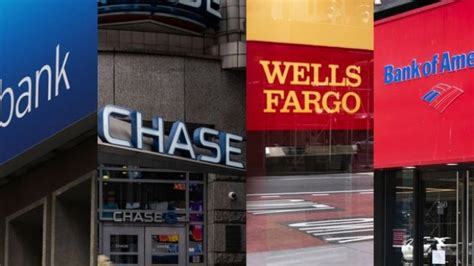By Scott Horsley
George Holland, the mayor of Moorhead, Miss., remembers the feeling when he heard that Regions Bank was closing its branch in his small, rural town a few years ago.
“That was actually the only bank in our community and the next-closest bank was probably 8, 9 miles to Indianola,” Holland said. “I was thinking, ‘What are we going to do?’ “
Banks have been permanently shuttering branches for years, but the number of closures hit a record in 2020 as the pandemic accelerated the move by many customers to online banking.
Banks closed 3,324 branches last year, according to a tally by S&P Global Market Intelligence.
It makes financial sense for banks given the cost of operating branches.
“The reality is, the vast majority of the activity that happens in a branch is not revenue generating,” said Steven Reider, who as president of the consulting firm Bancography advises banks on branch locations. “In fact, it’s cost-carrying activity.”
And bank branch closures are especially affecting isolated neighborhoods in big cities or towns like Moorhead — a largely African American community in the heart of the Mississippi Delta.
Research by the National Community Reinvestment Coalition shows that poor communities, rural communities and areas with a high concentration of Black and brown residents have been hardest hit.
Part of the reason is that regulators cracked down on costly overdraft fees a decade ago, making it less profitable for many banks to operate branches in those communities.
“It’s a good thing that banks are moving away from charging those kinds of fees, but it’s a bad thing that they’re moving away from serving those neighborhoods,” said Jesse Van Tol, NCRC’s CEO.
When banks close, the impact can go beyond inconvenience. It can also push people to more expensive options such as check-cashing stores or payday lenders.
“Lower-income consumers don’t necessarily have automobiles,” said Reider. “They don’t have a lot of choices. And then, of course, those payday lenders come in and that just perpetuates a cycle of low income because consumers spend inordinate amounts just managing their financial services.”
It’s a trend that’s unlikely to reverse now that the pandemic has pushed more customers to bank on smartphones and computers.
As banks close, many communities have been looking to nonprofit credit unions and other alternatives to fill the void.
“In the last 60 days, I’ve had two mayors reach out to me saying, ‘Would you bring a bank branch here?’ ” says Darrin Williams, CEO of Southern Bancorp, which specializes in underserved communities.
Williams understands that for small towns a bank can be more than a place to cash a check. It can also be the place to catch up or gossip about what’s going on around town.
“In a lot of the rural communities we serve, the bank branch is part of the social fabric,” Williams said. “If you go to Truman, Ark., on a payday Friday, there are going to be 10 people deep in the line. People want to come to that bank branch because it’s social.”
Even though a lot of banking can now be done online, an FDIC survey found that 83% of people still met with a teller or other bank employee at least once during 2019. That same year, more than 40% of rural customers made at least 10 visits to the bank.
Luckily for Moorhead, when Regions Bank pulled out, a nonprofit credit union came in.
Regions donated the branch building to Hope Credit Union, and provided funding for transition costs. Mayor Holland says it’s actually been an improvement. The credit union signed up more customers, offers more services and even added an ATM — something the old bank didn’t have.
“I can’t say enough about what that meant to us to be able to bank right here in our town,” Holland said. “To be able to have all these resources right here in our town without having to travel.”
But not all towns or neighborhoods are lucky.
Steven Jackson, a parish commissioner in Shreveport, La., is watching the closures with alarm.
“A lot of banks have utilized the pandemic to justify downsizing even more,” Jackson says.
And he worries about what that does to neighborhoods and towns like his.
“When you have young boys and girls riding by and seeing empty buildings, or that building which was once a bank is turned over to a payday lender, what message are we sending?” he asks. “Is my neighborhood not a priority?”

